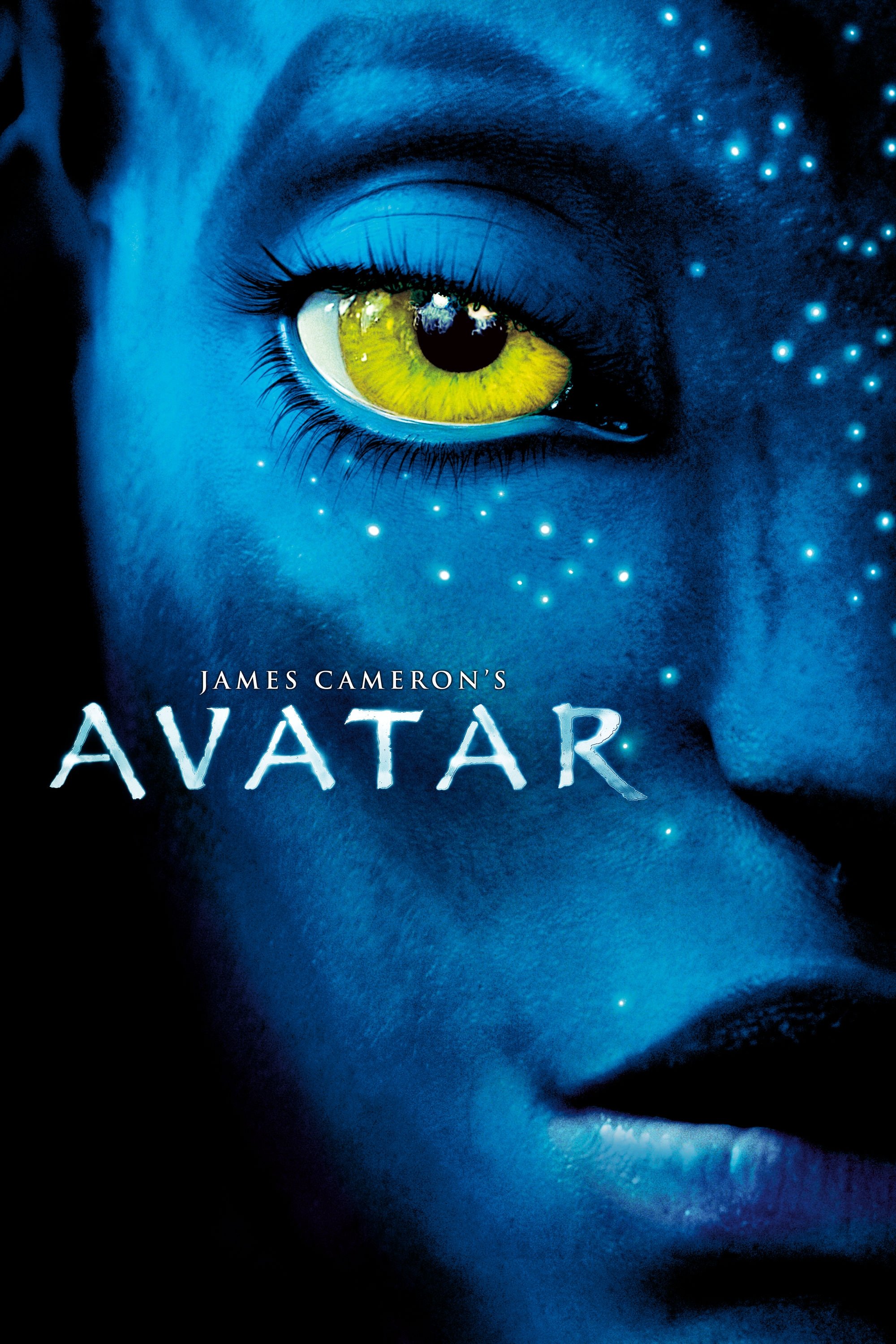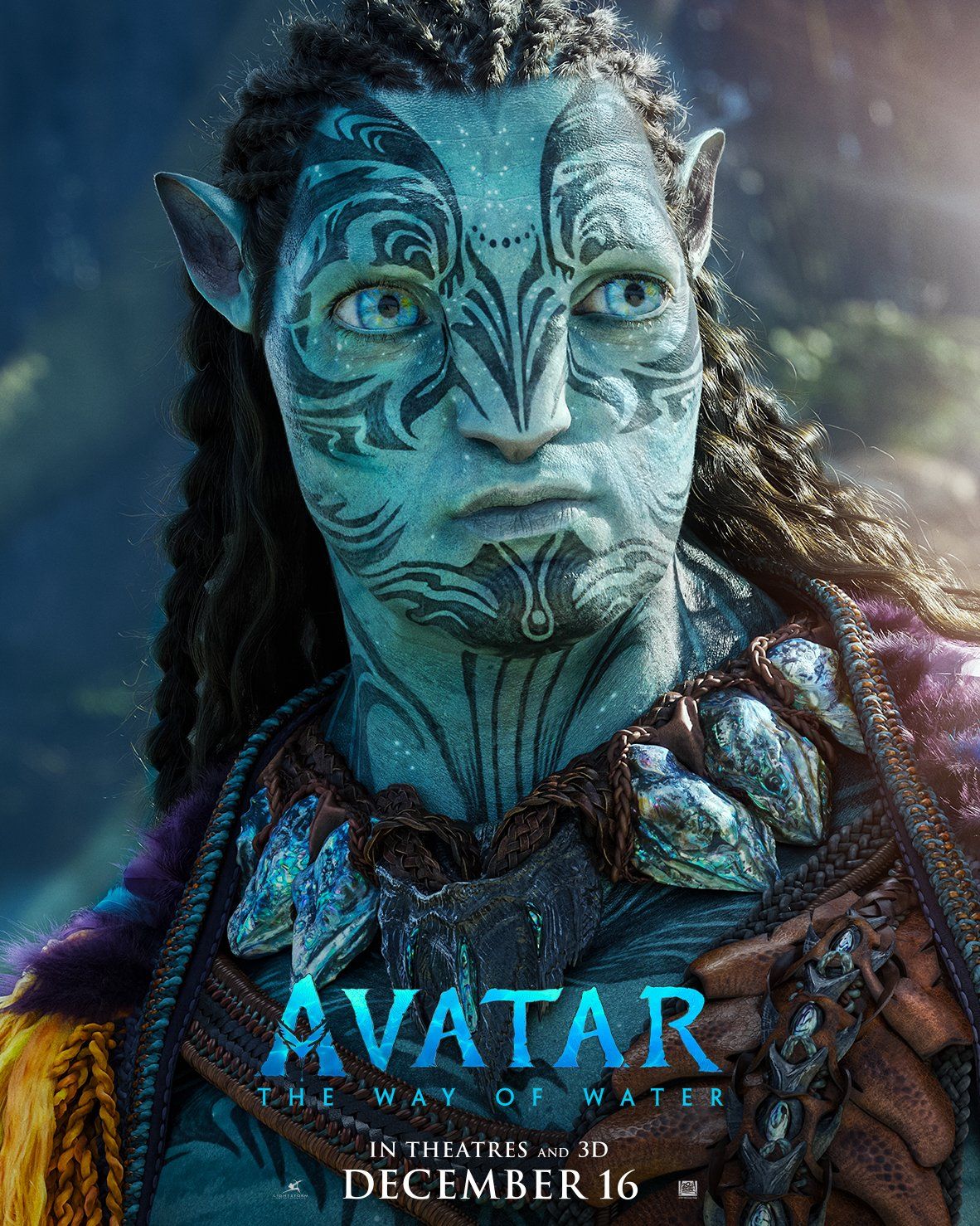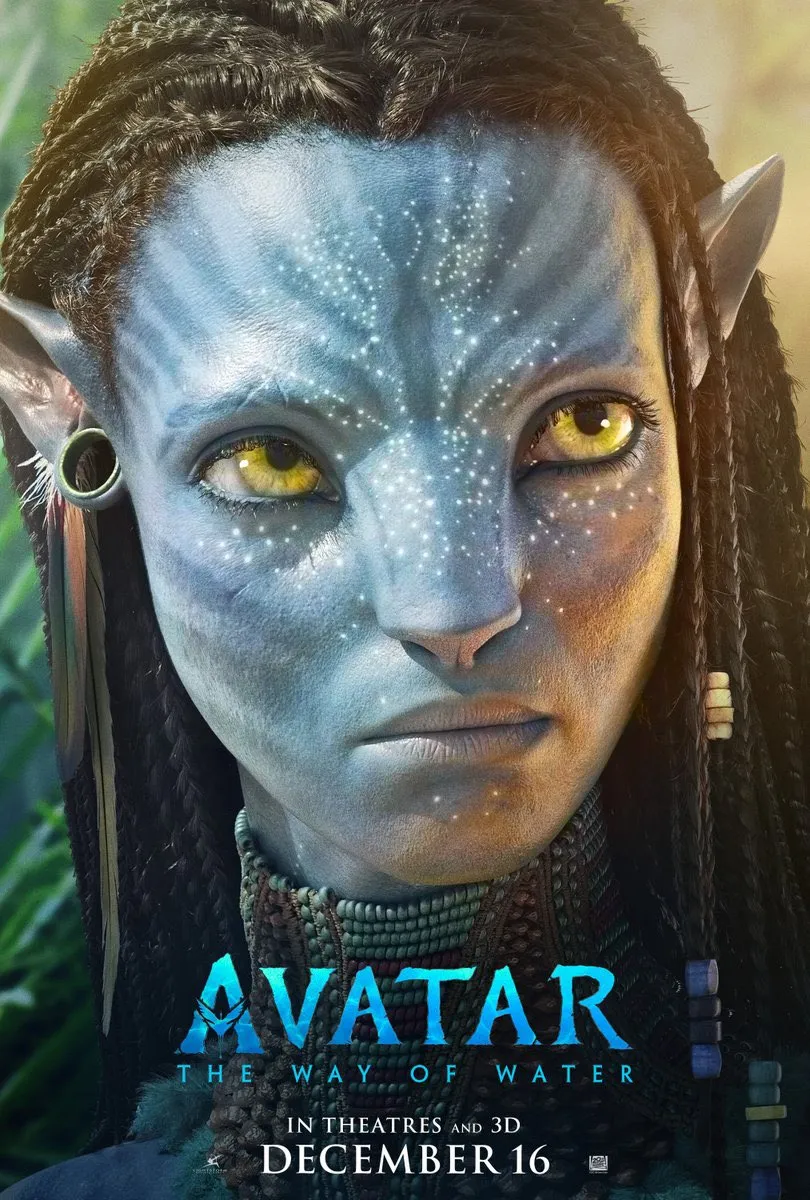Can the success of a film truly be measured by its cast and crew? Avatar, directed by James Cameron, stands as a testament to this notion. The movie's unparalleled achievement in both box office sales and cultural impact owes much to the talented ensemble that brought it to life. As we delve into the world of Pandora, the characters crafted by these actors resonate deeply with audiences worldwide.
The film, set in the mid-22nd century on the lush alien moon of Pandora, follows Jake Sully, portrayed by Sam Worthington. His character embarks on an extraordinary journey, transforming from a reluctant participant to a pivotal figure in the Na'vi resistance against human exploitation. Zoe Saldaña plays Neytiri, the strong-willed Na'vi woman who bridges the gap between humanity and her people. These performances are complemented by Stephen Lang as Colonel Miles Quaritch, Michelle Rodriguez as Trudy Chacon, and Sigourney Weaver as Dr. Grace Augustine. Each actor brings depth and authenticity to their role, making Avatar not just a visual spectacle but a compelling narrative.
| Name | Role | Popularity Data (Wikipedia Views) | Professional Information | Reference |
|---|---|---|---|---|
| Sam Worthington | Jake Sully | 1,702 views yesterday | Australian actor known for his roles in action films | Wikipedia |
| Zoe Saldaña | Neytiri | Data unavailable | American actress recognized for her work in science fiction and fantasy genres | Wikipedia |
| Stephen Lang | Colonel Miles Quaritch | Data unavailable | American actor with extensive theater and film experience | Wikipedia |
| Sigourney Weaver | Dr. Grace Augustine | Data unavailable | Renowned for her role as Ellen Ripley in the Alien franchise | Wikipedia |
| Michelle Rodriguez | Trudy Chacon | Data unavailable | Known for her roles in action-packed blockbusters | Wikipedia |
Avatar’s production team played a crucial role in shaping the film's success. Behind the scenes, director James Cameron envisioned a universe so vast and intricate that it required groundbreaking technology to bring to fruition. Robert Stromberg and Rick Carter contributed significantly as production designers, crafting the breathtaking landscapes of Pandora. Their collaboration ensured that every frame was visually stunning while maintaining thematic coherence. This synergy between creative visionaries resulted in a cinematic masterpiece that redefined special effects in Hollywood.
The decision-making process behind casting choices also deserves attention. Casting directors meticulously selected individuals whose talents aligned perfectly with the demands of their respective roles. For instance, Sam Worthington’s physicality and emotional range made him ideal for portraying Jake Sully, a character undergoing profound personal growth. Similarly, Zoe Saldaña’s ability to convey strength and vulnerability through subtle expressions brought Neytiri to life convincingly. Such careful selections contributed immensely to the film's overall effectiveness.
Moreover, Avatar's influence extended beyond mere entertainment value; it sparked conversations about environmental conservation and indigenous rights globally. By presenting an allegory set within an extraterrestrial context, Cameron encouraged viewers to reflect upon real-world issues affecting Earth today. The portrayal of conflict between corporate greed represented by humans versus ecological harmony embodied by the Na'vi served as a powerful reminder of our responsibilities towards nature.
In addition to its stellar cast, Avatar boasted an impressive technical crew responsible for various aspects ranging from visual effects to sound design. Weta Digital led by Joe Letteri delivered cutting-edge CGI innovations that allowed seamless integration of live-action footage with digitally created environments. Their efforts earned them multiple Academy Awards recognizing excellence in visual arts disciplines. Likewise, James Horner composed a hauntingly beautiful score enhancing emotional resonance throughout key moments in the storyline.
As discussions around remakes or sequels arise concerning beloved franchises like Avatar: The Last Airbender, questions often surface regarding continuity preservation amidst changes in personnel. One notable example involves decisions excluding original voice casts when adapting animated series into live-action formats. While understandable given practical considerations such as scheduling conflicts or aging concerns, such moves sometimes disappoint loyal fanbases attached to initial iterations. Nevertheless, fresh perspectives introduced by new talent may breathe vitality into established narratives, appealing to broader demographics.
Ultimately, Avatar remains iconic due largely to its exceptional cast and crew working harmoniously toward shared goals. Through meticulous planning and execution, they succeeded in creating something extraordinary—a story transcending boundaries of genre and geography. Its lasting legacy continues inspiring future generations of filmmakers striving to push creative limits ever further.



